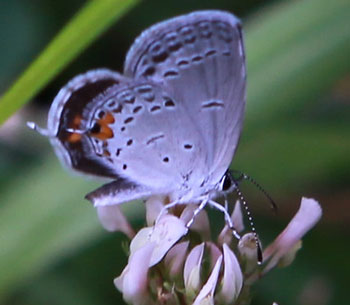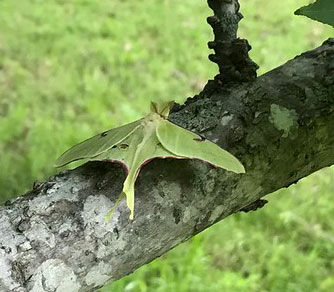Insect Pest Management
Differences Between Moths and Butterflies
Both are in the insect order Lepidoptera (from Ancient Greek lepís “scale” + pterón “wing” because their wings are covered in tiny scales, similar to a fish, which are often colorful and arranged in amazing patterns.
While people love pretty butterflies and moths, some of the worst pests in agriculture are caterpillars because they eating machines. Some have very narrow eating preferences and can become bad pests on very specific plants. Others can be used for biological control of specific plants for the same reason.
What are the key differences?
Butterflies:
- usually diurnal (active in day)
- rest with wings folded up together
- often with colorful patterns on top of wings, but with dull or camouflaged patterns on the undersides of the wings
- often with slender, filamentous antennae, possibly clubbed or hooked at the end
- bodies and legs are long and thin
- pupate in a chrysalis
- 134+ recorded in Arkansas (including migratory species)
Moths:
- usually nocturnal or crepuscular, some active during day, some active during day and night
- often rest with wings folded flat, or tent-like over their bodies to hide their abdomen
- often dull or camouflaged colors and patterns
- antennae may be threadlike or feather-like (often males have larger antennae)
- body and legs may be short and plump
- pupate in a cocoon
- 3000+ (and counting) species reported in Arkansas